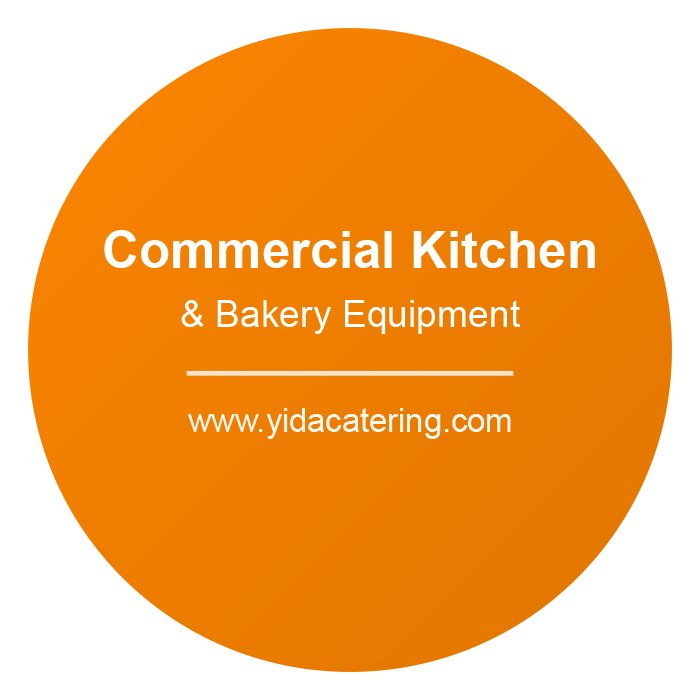Whether you’re an experienced baker or just starting out, having the right tools in your kitchen can make all the difference. A cake mixer is one of the most essential appliances for anyone who loves to bake. From whipping up fluffy sponge cakes to kneading dough for artisanal bread, a reliable mixer can save you time and effort while delivering consistent results. But with so many options available on the market, how do you choose the perfect cake mixer for your baking needs? In this guide, we’ll break down the key factors to consider so you can make an informed decision.
1. Understand Your Baking Habits
Before diving into the technical specifications, take a moment to assess your baking habits. Are you an occasional baker who enjoys making cupcakes for special occasions? Or are you a serious enthusiast who bakes multiple times a week? Understanding how often and what types of recipes you plan to tackle is crucial in determining the kind of mixer that will suit your needs.
- Occasional Bakers: A hand mixer may suffice if you bake infrequently or only prepare light batters.
- Frequent Bakers: A stand mixer is a better investment if baking is a regular part of your routine or if you work with heavier doughs like bread or pizza.
2. Types of Mixers
There are two primary types of mixers to choose from: hand mixers and stand mixers. Each has its own advantages and is suited to different levels of baking.
Hand Mixers
Hand mixers are lightweight, portable, and easy to store. They are ideal for small batches of batter, whipping cream, or mixing soft ingredients. However, they may struggle with thick doughs or prolonged use.
Pros:
- Affordable
- Compact and easy to store
- Great for light mixing tasks
Cons:
- Limited power
- Requires manual effort to hold and maneuver
Stand Mixers
Stand mixers are more powerful and versatile, making them the preferred choice for serious bakers. They come with a variety of attachments, such as dough hooks and whisk beaters, enabling you to handle everything from bread dough to meringues effortlessly.
Pros:
- High power and durability
- Hands-free operation
- Suitable for large batches and heavy-duty mixing
Cons:
- More expensive
- Bulky and requires counter space
3. Consider the Power and Capacity
The power and capacity of a cake mixer are critical factors that directly impact its performance.
- Motor Power: Measured in watts, motor power determines how effectively the mixer can handle tough tasks like kneading dough. For stand mixers, look for models with at least 250 watts for light baking, and 500+ watts for heavy-duty use.
- Bowl Capacity: Stand mixers typically come with bowls ranging from 3 to 7 quarts. Smaller bowls are fine for single-layer cakes or small batches, while larger bowls are better for baking in bulk.
4. Attachments and Features
Modern cake mixers often come with a range of attachments and features designed to enhance their functionality. Here are some to look out for:
- Attachments: Common attachments include flat beaters (for general mixing), dough hooks (for kneading), and wire whisks (for whipping). Some models even offer optional accessories like pasta rollers or meat grinders.
- Speed Settings: A good mixer should have multiple speed settings to give you better control over your mixing. Slow speeds are ideal for incorporating dry ingredients, while high speeds work well for whipping cream or egg whites.
- Tilt-Head vs. Bowl-Lift Design: Tilt-head mixers allow the head of the mixer to tilt back for easy access to the bowl, while bowl-lift designs raise and lower the bowl using a lever. Choose based on your preference and counter space.
5. Durability and Build Quality
Investing in a durable mixer ensures that it will serve you well for years to come. Look for models made from high-quality materials such as stainless steel or die-cast metal. Plastic components may be lighter, but they are less robust and prone to wear over time.
Additionally, consider the brand’s reputation and warranty coverage. Trusted brands often provide better customer support and longer warranties, which can be invaluable in case of repairs or defects.
6. Budget Considerations
Cake mixers come in a wide price range, from budget-friendly hand mixers costing $20-$50 to high-end stand mixers priced at $300 or more. While it’s tempting to go for the cheapest option, remember that quality and performance often come at a price. Determine your budget beforehand and aim to strike a balance between affordability and functionality.
7. Aesthetic Appeal
Lastly, don’t overlook the design and aesthetics of your mixer. Many stand mixers come in a variety of colors and finishes, allowing you to match them with your kitchen decor. While this may not affect performance, having an appliance that looks good on your countertop can add a touch of style to your kitchen.
Final Thoughts
Choosing the perfect cake mixer ultimately depends on your individual needs, preferences, and budget. By considering factors like your baking habits, the type of mixer, power, capacity, attachments, durability, and price range, you’ll be well-equipped to make a smart purchase.
Remember that a good mixer is an investment in your baking journey. With the right choice, you’ll not only simplify your preparation process but also elevate the quality of your baked goods. So take your time, do your research, and select a mixer that will become your trusted companion in the kitchen for years to come.
Happy baking!

